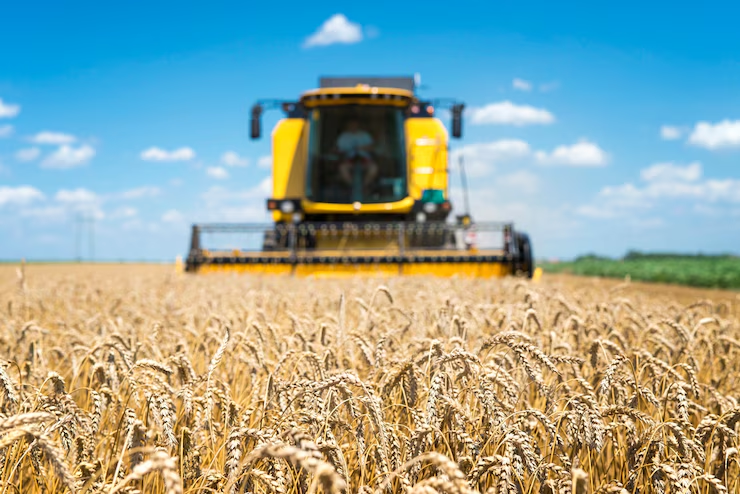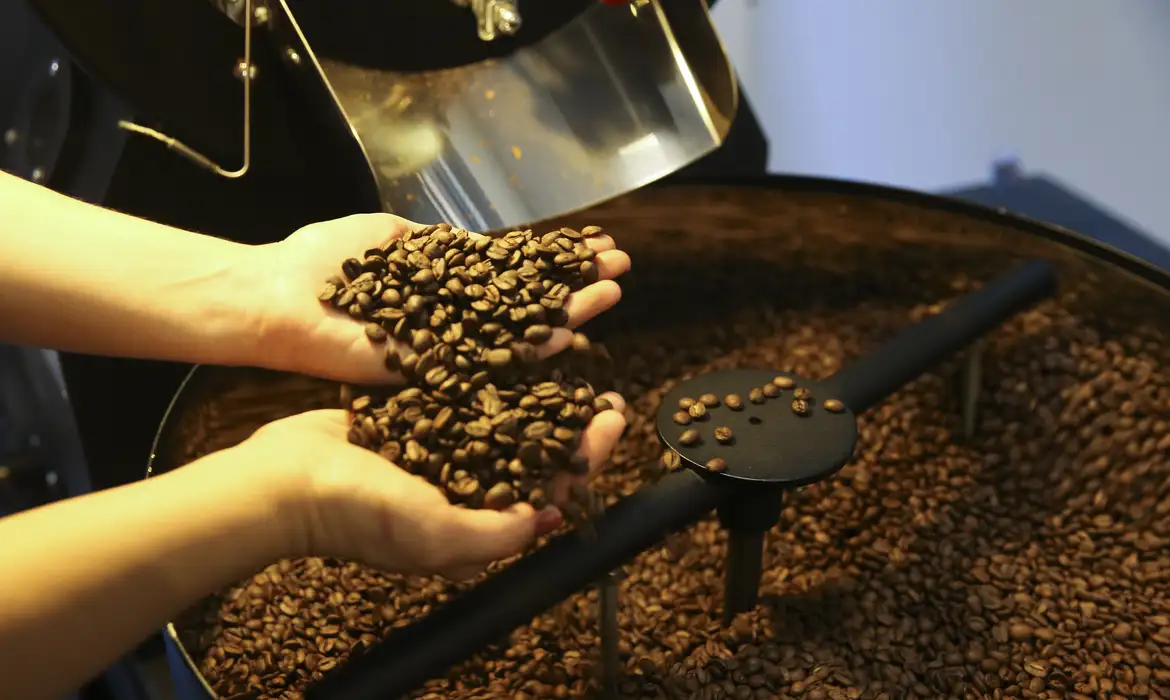Cattle slaughter rises again and advances 7.5% in 2022, says IBGE

The slaughter of pigs also grew, reaching a record, while that of chicken had a slight retreat after a historic maximum in 2021, according to the survey that considers slaughter carried out under some type of health inspection service.
According to the IBGE, every month of the year 2022 showed a positive variation in the slaughter of cattle in relation to the respective periods of 2021, with emphasis on September, when a comparative increase of 33.6% was recorded. “In 2022, the slaughter of females was resumed after three years of retraction, with an increase of 19.1% compared to the previous year. In this comparison, there was a drop of 8.5% in average prices”, said Bernardo Viscardi, an analyst at the IBGE survey.
leader in slaughter
Mato Grosso continues to lead the ranking of states in terms of cattle slaughter in 2022, with 15.8% of the national share, followed by São Paulo, with 11.5% and Mato Grosso do Sul, with 11.0%. “The 19.1% increase in the slaughter of females was fundamental for this recovery. These are the cycles of livestock. After a period of retention of cows for breeding, followed by the entry of calves into the market and their consequent devaluation due to the increase in supply, the females begin to be destined for slaughter”, explained Viscardi.
In the fourth quarter of last year, 7.49 million head of cattle were slaughtered under some type of sanitary inspection service, an increase of 7.7% in the year.
The consultant from the Association of Breeders of Mato Grosso (Acrimat) Amado de Oliveira Filho explains that the state has an important feature in beef cattle. And that livestock in Mato Grosso has been working to increase production even more.
“We no longer want to be just champions in number of cattle head ratios. We want to be champions, as the state that produces the most arroba per hectare. Because then we’re going to keep doing what we’re doing. We transferred the area from livestock to agriculture and we have a growing herd. But we are also increasing the weight of the animal, we are reducing the age at slaughter. And that’s what counts at the end of the day, end of the month, end of the year, in our increase in productivity. Our average productivity is above the Brazilian average”, commented the consultant.
chicken and pigs
In 2022, 56.15 million head of pigs were slaughtered, representing an increase of 5.9% compared to 2021 and a new record for the survey in the historical series since 1997. in nature remained at a high level, -0.1% below the record of the previous year”, pointed out the IBGE analyst.
On the other hand, Viscardi says that the outlook for Brazilian pig farming continued to be challenging, with high production costs and abundant supply, which affected the return of activity for animal producers. Pork slaughter totaled 13.89 million head in the fourth quarter of 2022, up 3.4% compared to the same quarter of 2021. It was the best fourth quarter in the historical series, with increases in 16 of the 24 federative units , highlighted the IBGE.
Regarding chicken, the volume of slaughter was 6.11 billion heads, a decrease of 1.26 million in the annual comparison. According to the institute, this result was the second best in the historical series started in 1997, surpassed only by 2021.
The IBGE pointed out that, in 2022, a new record was recorded for exports of fresh chicken meat and, in the domestic market, the more adjusted supply for most of the year favored poultry prices. In the fourth quarter of 2022, 1.56 billion chicken heads were slaughtered, up 2.2% year-on-year.
Leite
For the second year in a row, there was a decline in the purchase of raw milk made by establishments under sanitary inspection (federal, state or municipal) in the country. The volume dropped 5% in 2022, compared to 2021, to 23.85 billion liters. The difference was 1.27 billion liters less.
In disclosing the data, the IBGE highlighted that the year 2022 was marked by high production costs and droughts in southern Brazil, caused by the La Niña phenomenon. The restriction in the supply of milk led to record prices in the third quarter and to an increase in imports to supply industries. These factors, combined with incipient consumer demand for dairy products, contributed to the decline.
In the fourth quarter, the purchase of raw milk was 6.29 billion liters. The value corresponded to a reduction of 3.2% compared to the volume registered in the fourth quarter of 2021 and an increase of 2.5% compared to that obtained in the third quarter of 2022.
By Brasil 61




